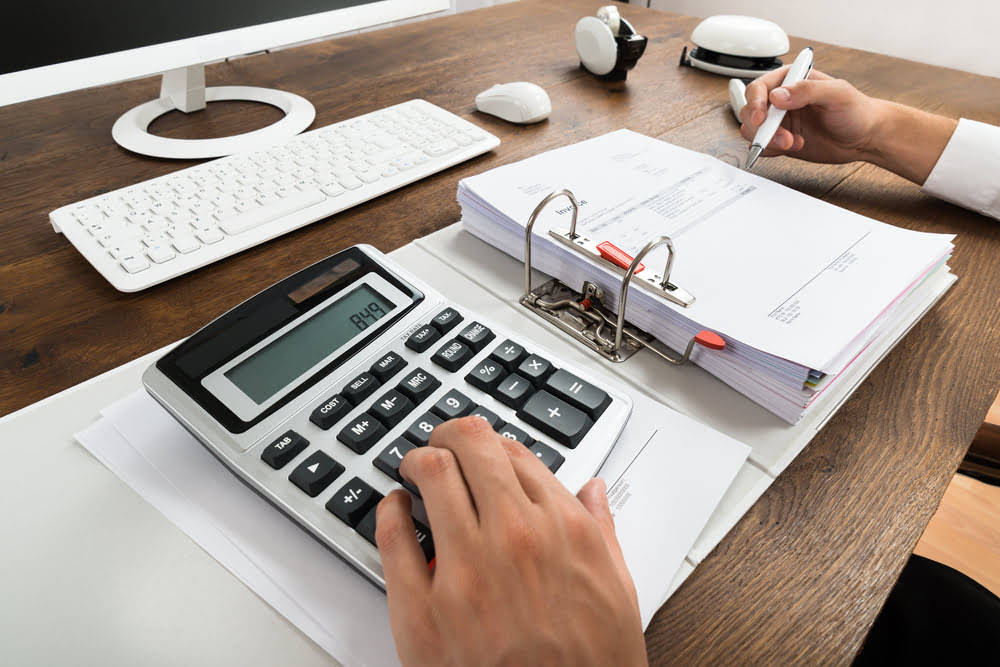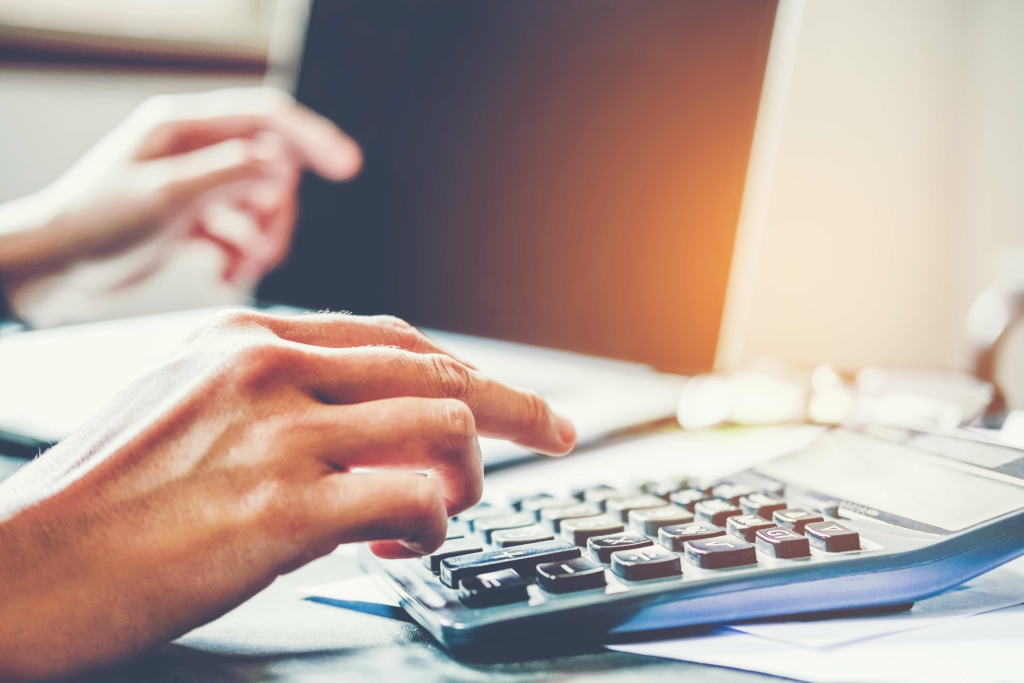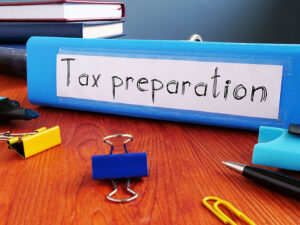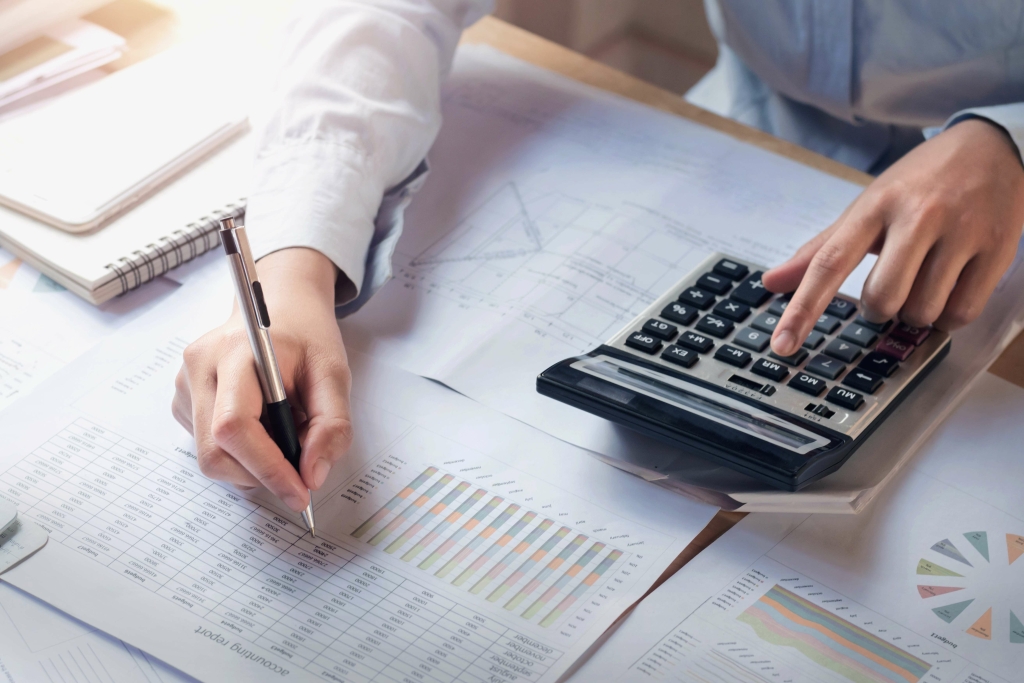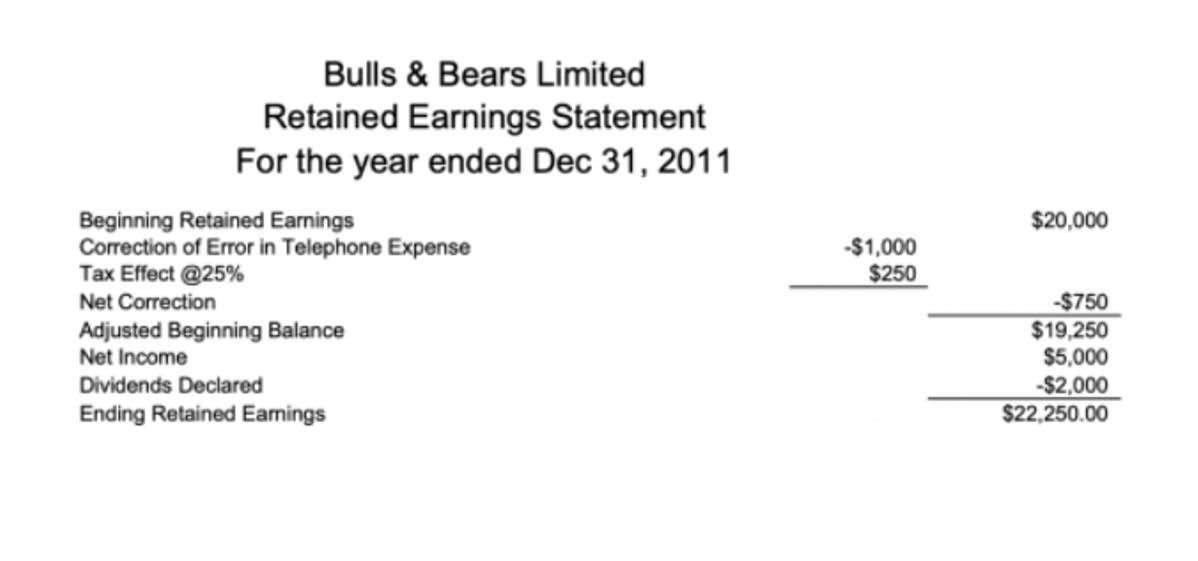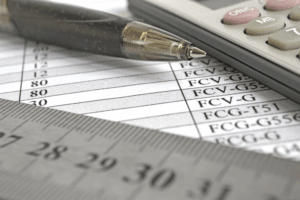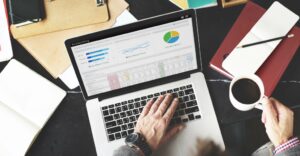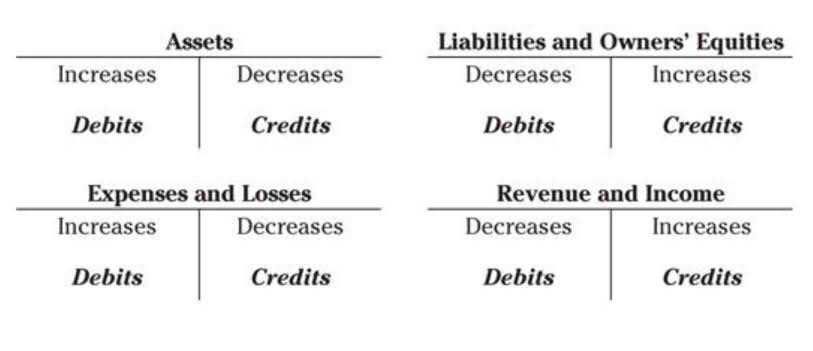QQQ Stock Price Invesco QQQ Trust ETF
In 2006, Facebook opened to everyone at least 13 years old with a valid email address.282930 Facebook introduced key features like the News Feed, which became central to user engagement. By late 2007, Facebook had 100,000 pages on which companies promoted themselves.31 Facebook had surpassed MySpace in global traffic and became the world's most popular social media platform. Microsoft announced that it had purchased a 1.6% share of Facebook for $240 million ($364 million in 2024 dollars32), giving Facebook an implied value of around $15 billion ($22.7 billion in 2024 dollars32). Facebook focused on generating revenue through targeted advertising based on user data, a model that drove its rapid financial growth. In 2012, Facebook went public with one of the largest IPOs in tech history. In 2012, it purchased Instagram, followed by WhatsApp and Oculus VR in 2014, extending its influence beyond social networking into messaging and virtual reality.
Research Reports: QQQ
To bolster security in this regard, Facebook appends query strings in the URLs so as to limit the period of accessibility.245 Nevertheless, NA provided real-time access to these unique URLs, which were intended to be secure. This allowed NA members to access the private content within the restricted time frame designated by Facebook. Devices and operating systems providing native versions of Facebook and Instagram (i.e. where we have not developed our own first-party apps) will have access to all information you choose to share with them, including information your friends share with you, so they can provide our core functionality to you. Facebook is an American social media and social networking service owned by the American technology conglomerate Meta. Created in 2004 by Mark Zuckerberg with four other Harvard College students and roommates, Eduardo Saverin, Andrew McCollum, Dustin Moskovitz, and Chris Hughes, its name derives from the face book directories often given to American university students.
But apps and websites you use will not be able to receive any other information about your Facebook friends from you, or information about any of your Instagram followers (although your friends and followers may, of course, choose to share this information themselves). Information collected by these third-party services is subject to their own terms and policies, not this one. Facebook can be accessed from devices with Internet connectivity, such as personal computers, tablets and smartphones. After registering, users can create a profile revealing personal information about themselves.
- During the Arab Spring many journalists claimed Facebook played a major role in the 2011 Egyptian revolution.459460 On January 14, the Facebook page of "We are all Khaled Said" was started by Wael Ghoniem to invite the Egyptian people to "peaceful demonstrations" on January 25.
- Facebook is an American social media and social networking service owned by the American technology conglomerate Meta.
- Information collected by these third-party services is subject to their own terms and policies, not this one.
- Force v. Facebook, Inc., 934 F.3d 53 (2nd Cir. 2019) was a case that alleged Facebook was profiting off recommendations for Hamas.
Your Guide to Logging into Facebook + Troubleshooting Advice
In 2021, Facebook rebranded as Meta, reflecting its shift toward building the "metaverse" and focusing on virtual reality and augmented reality technologies. Invesco QQQ Trust, Series 1 is an exchange traded fund launched by Invesco Ltd. The fund invests in stocks of companies operating across energy, real estate, materials, industrials, consumer discretionary, consumer staples, health care, information technology, communication services, utilities sectors. It seeks to track the performance of the NASDAQ-100 Index, by using full replication technique.
NEWSLETTER
Jadali, along with journalists from Ars Technica and The Washington Post, interviewed impacted users, including a Washington Post staff member. According to the interviews, the impacted users did not consent to such collection. Force v. Facebook, Inc., 934 F.3d 53 (2nd Cir. 2019) was a case that alleged Facebook was profiting off recommendations for Hamas. In 2019, the US Second Circuit Appeals Court held that Section 230 bars civil terrorism claims against social media companies and internet service providers, the first federal appellate court to do so. DataSpii exploited Facebook's practice of making private photos and Messenger attachments publicly accessible via unique URLs.
Invesco QQQ Trust News & Analysis
Membership was initially limited to Harvard students, gradually expanding to other North American universities. Facebook relies on its users to generate the content that bonds its users to the service. The company has come under criticism both for allowing objectionable content, including conspiracy theories and fringe discourse,286 and for prohibiting other content that it deems inappropriate. The Facebook–Cambridge Analytica data scandal in 2018 revealed misuse of user data to influence elections, sparking global outcry and leading to regulatory fines and hearings. Facebook's role in global events, including its use in organizing movements like the Arab Spring and its impact on events like the Rohingya genocide in Myanmar, highlighted its dual nature as a tool for both empowerment and harm.
Invesco QQQ Trust, Series 1 was formed on March 10, 1999 and is domiciled in the United States. You may have heard about a quiz app built by a university researcher that leaked Facebook data of millions of people in 2014. Zuckerberg and co-founders chose PHP for its simplicity and ease of use, which allowed them to quickly develop and deploy the initial version of Facebook. As Facebook grew in user base and functionality, the company encountered scalability and performance challenges with PHP. canceling or cancelling spelling In response, Facebook engineers developed tools and technologies to optimize PHP performance. One of the most significant was the creation of the HipHop Virtual Machine (HHVM).
- Mark Zuckerberg announces $60 billion investment in Meta AI according to Mashable.
- The company has come under criticism both for allowing objectionable content, including conspiracy theories and fringe discourse,286 and for prohibiting other content that it deems inappropriate.
- This allowed NA members to access the private content within the restricted time frame designated by Facebook.
- In 2006, Facebook opened to everyone at least 13 years old with a valid email address.282930 Facebook introduced key features like the News Feed, which became central to user engagement.
All you need to do is visit the Facebook website or open the Facebook app on your iPhone, iPad, or Android device. Then, enter the phone number or email address you used to sign up, along with your password. If you’re still having trouble logging in, we’ll guide you through some troubleshooting steps you can try, including resetting your password and updating the contact info you used to sign up. Professor Ilya Somin reported that he had been the subject of death threats on Facebook in April 2018 from Cesar Sayoc, who threatened to kill Somin and his family and "feed the bodies to Florida alligators". Somin's Facebook friends reported the comments to Facebook, which did nothing except dispatch automated messages.312 Sayoc was later arrested for the October 2018 United States mail bombing attempts directed at Democratic politicians. Finally, we'll remind you which apps you've given access to your information – so you can shut off the ones you don't want anymore.
This significantly improved the performance and efficiency of PHP code execution on Facebook's servers. During the Arab Spring many journalists claimed Facebook played a major role in the 2011 Egyptian revolution.459460 On January 14, the Facebook page of "We are all Khaled Said" was started by Wael Ghoniem to invite the Egyptian people to "peaceful demonstrations" on January 25. In Tunisia and Egypt, Facebook became the primary tool for connecting protesters and led the Egyptian government to ban it, Twitter and other sites.461 After 18 days, the uprising forced President Hosni Mubarak to resign. After months of reports about anti-Rohingya propaganda on Facebook, the company acknowledged that it had been too slow to act in Myanmar. By then, more than 700,000 Rohingya had fled the country in a year, in what United Nations officials called "a textbook example of ethnic cleansing". We're also investigating every single app that had access to large amounts of data before we fixed this.
Content disputes and moderation
They can post text, photos and multimedia which are shared with any other users who have agreed to be their friend or, with different privacy settings, publicly. Users can also communicate directly with each other with Messenger, edit messages (within 15 minutes after sending),1011 join common-interest groups, and receive notifications on the activities of their Facebook friends and the pages they follow. A "shadow profile" refers to the data Facebook collects about individuals without their explicit permission. For example, the "like" button that appears on third-party websites allows the company to collect information about an individual's internet browsing habits, even if the individual is not a Facebook user.223224 Data can also be collected by other users.
Anti-Rohingya propaganda
Mark Zuckerberg announces $60 billion investment in Meta AI according to Mashable. When you choose to use third-party apps, websites, or other services that use, or are integrated with, our Products, they can receive information about what you post or share. For example, when you play a game with your Facebook friends or use a Facebook Comment or Share button on a website, the game developer or website can receive information about your activities in the game or receive a comment or link that you share from the website on Facebook. Also, when you download or use such third-party services, they can access your public profile on Facebook, and any information that you share with them. Apps and websites you use may receive your list of Facebook friends if you choose to share it with them.

